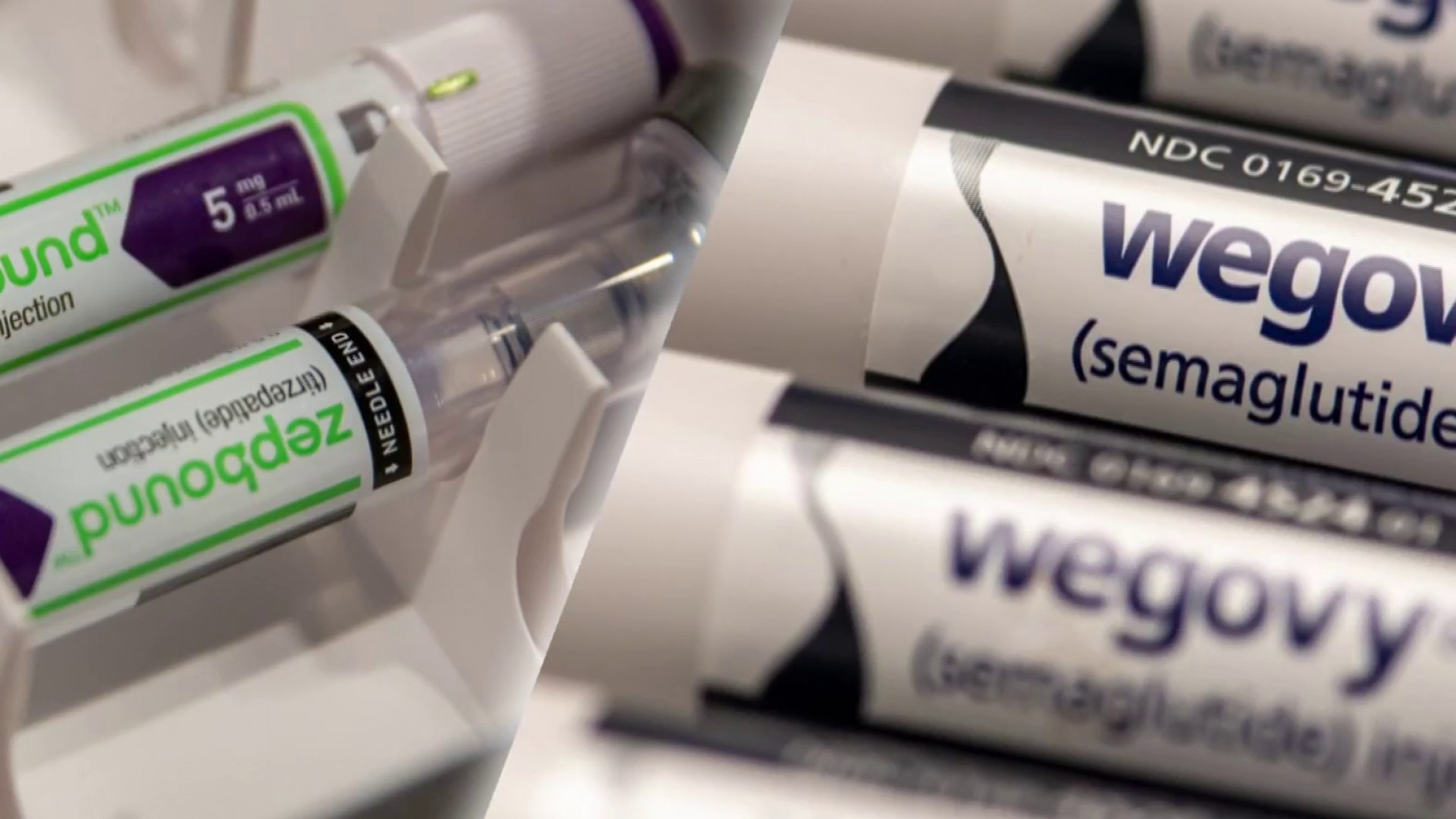Federal health officials have implemented a major policy shift concerning the application of fluoride in dietary supplements, igniting a fresh round of discussion among medical practitioners, environmental groups, and parents focused on community well-being. The U.S. Food and Drug Administration (FDA) has declared updated limitations on fluoride supplements, framing this determination as an element of a wider strategy under the Modernization of Active Health Approaches (MAHA) framework. This action signifies a pivotal moment in the continuous dialogue surrounding the advantages and potential hazards linked to fluoride intake, especially in pediatric dental hygiene.
A shift in fluoride regulation and public health focus
For many years, fluoride has been recognized as a fundamental element in combating tooth decay, with its presence in water supplies, oral hygiene items, and prescribed supplements extensively endorsed by public health organizations. Nevertheless, the recent measure by the FDA signals increasing apprehension regarding excessive fluoride exposure and its potential enduring consequences. With these updated regulations, medical professionals will encounter more stringent directives concerning the recommendation of fluoride supplements, particularly for babies and toddlers residing in areas where water sources already contain fluoride.
This modification is consistent with the MAHA agenda’s goal of modernizing obsolete health guidelines and reducing contact with compounds that could present cumulative health hazards. Specialists indicate that this regulatory revision does not represent a complete dismissal of fluoride’s advantages, but rather an effort to reconcile its protective utility with current findings on potential adverse effects like dental fluorosis, endocrine disruption, and other systemic issues highlighted by recent investigations.
The FDA underscored that this determination stems from scientific assessment, not political influence. A representative highlighted that although fluoride continues to be an effective substance for preventing tooth decay, data suggests that superfluous supplementation might lead to excessive consumption, especially in children whose total fluoride exposure is already adequate from tap water and oral care items.
The MAHA program and its wider ramifications
The Modernization of Active Health Approaches (MAHA) agenda, introduced as a comprehensive framework for health policy reform, seeks to ensure that public health recommendations reflect the most current evidence available. The agenda encourages periodic reassessment of widely accepted substances, dietary guidelines, and treatment protocols to better protect long-term health outcomes.
By incorporating fluoride into this program, the FDA highlights the critical role of accuracy in prophylactic healthcare. Instead of implementing broad guidelines for varied demographics, the agency seeks to foster a more customized methodology that accounts for personal exposure amounts, age, dietary habits, and ecological elements. This signifies a shift from previous overarching fluoride regulations, which frequently neglected to distinguish between areas with and without fluoridated water sources.
Critics of broad fluoridation have consistently contended that compulsory exposure eliminates the principle of informed consent, given that individuals cannot readily regulate their fluoride intake from municipal water supplies. Consequently, the FDA’s decision has been viewed by some as a stride towards enhanced personal autonomy and clearer health information. Conversely, others are concerned that this action might unintentionally undermine prophylactic dental care initiatives in underprivileged areas where dental service availability is still restricted.
Differing viewpoints among healthcare and research professionals
Reactions to the FDA’s limitation have been varied. A significant number of dental experts persist in advocating for fluoride’s application as a well-established strategy for cavity prevention and preserving oral well-being, especially for children who face an elevated risk of tooth decay. They contend that curbing fluoride supplementation might lead to a rise in the occurrence of dental caries, particularly in less populated regions where fluoridation levels are lower.
Conversely, several medical researchers and environmental health experts applaud the FDA’s cautious stance. They point to growing evidence linking excessive fluoride intake to potential neurological and developmental effects, citing new studies that suggest the need for a more nuanced understanding of dosage safety. Some have also highlighted that the benefits of fluoride can often be achieved through topical application—such as toothpaste and mouth rinses—rather than systemic ingestion.
The American Dental Association (ADA) has responded by urging the FDA to clarify its implementation strategy, noting that abrupt regulatory shifts could create confusion among practitioners and parents. The association emphasized that dental caries remain one of the most common chronic conditions in children and that preventive measures must continue to receive strong institutional support.
Examining community influence and future actions
The practical implications of the FDA’s restriction will depend largely on how local health authorities and practitioners interpret and enforce the new guidelines. Pediatricians, dentists, and pharmacists are expected to review patients’ fluoride exposure more closely before recommending supplements, ensuring that total intake stays within safe limits.
Public health programs may also need to adjust their educational materials and outreach campaigns to reflect the new recommendations. Communities that have historically relied on fluoride supplementation may face a period of transition as families adapt to updated guidance. At the same time, the FDA has indicated plans to monitor dental health trends closely in the years following the policy shift to assess its impact on cavity rates and overall oral health outcomes.
In addition, the decision may influence global conversations about fluoride use. Several countries have already reconsidered their national fluoridation programs, citing concerns similar to those addressed by the MAHA agenda. The United States’ decision could therefore serve as a precedent for other nations re-evaluating their public health policies around mineral supplementation and chemical exposure.
Balancing innovation, science, and public trust
At its core, the FDA’s move to restrict fluoride supplements represents a delicate balance between innovation and caution. It reflects a broader transformation in public health governance—one that values evidence-based adaptation over rigid adherence to mid-20th-century norms. The agency’s willingness to revisit long-standing policies signals a commitment to scientific transparency and to safeguarding public confidence in health institutions.
While the debate over fluoride is far from settled, one thing is clear: the conversation is evolving. As more research sheds light on how fluoride interacts with the body and environment, policymakers will continue to refine their recommendations. For now, the FDA’s decision serves as a reminder that even the most established health practices must be periodically reassessed to ensure they remain safe, relevant, and aligned with contemporary scientific understanding.
The updated perspective on fluoride within the MAHA framework could ultimately usher in a new epoch for preventative healthcare—one that prioritizes accuracy, responsibility, and consideration for personal health within the larger context of community wellness.






